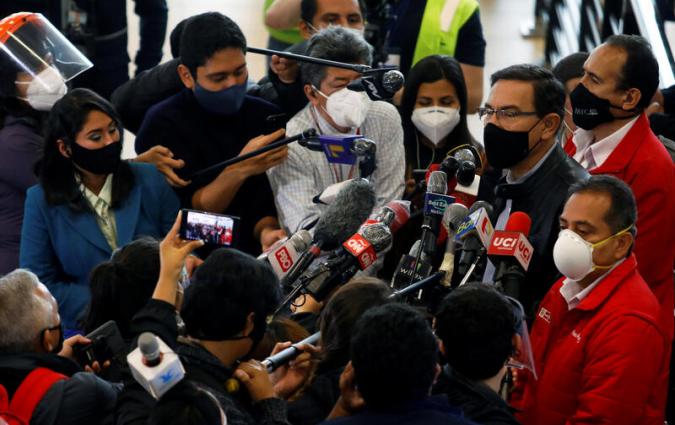Guns and Protests

Reuters Institute Fellow's Paper
Supriya Sharma, a journalist with the Times of India, has written a fascinating account of the way different types of conflicts are reported in the central Indian state of Chhattisgarh.
Entitled ‘Guns and Protests: Media coverage of the conflicts in the Indian state of Chhattisgarh’, Supriya summarises her research thus:India has witnessed high rates of economic growth in recent years and some are heralding it as a future global superpower. But this view glosses over the fact that growth in India exists in tension with equity and social justice, specially in the mineral-rich central and eastern states, where the land of peasant communities including adivasis or indigenous people, is being acquired for mining and energy projects.
The resultant tensions in the region are manifested as both armed insurgency and peaceful protests. This study focuses on the central Indian state of Chhattisgarh, which accounts for nearly one-third of the deaths in the Maoist insurgency over the last decade, and holds nearly one-fifth of India’s coal and iron ore reserves. While the common view merges the armed conflict in the state with the resource conflict, this study points out that the geographical areas of the two conflicts do not overlap. The armed conflict grips the south of the state, but the resource conflict is more intense in the northern districts. Of the two conflicts, which gets more space in the media? The study explores this and related questions through a comprehensive content analysis of more than 500 news stories published in four newspapers - two regional Hindi dailies and two national English-language dailies – in the year 2011.
The study finds that the Maoist conflict in the south of Chhattisgarh attracts far greater media attention than the resource conflict in the north of the state; violent events dominate the coverage of the Maoist conflict; and the news reports favour the government. The results of the content analysis are consistent with the universal fault lines of news as documented by media scholars, that violence has high news value, journalists privilege authority sources and culture, and economics embed the media in existing power structures. But more significantly, the results suggest that by singularly focusing on the Maoist insurgency, the media in India is amplifying it at the expense of other forms of resistance. Even though the coverage of the Maoists might not be positive – as indicated by the bias towards the government in the coverage – the very fact that the armed insurgency is getting space in the media means the Maoists have been able to establish themselves as a powerful actor in the politics of the region. In contrast, peaceful protestors remain largely invisible in the media. It can be argued that when peaceful protestors defending their rights are unable to secure space in the media, not only do they stand weakened, so does democratic politics.
As with all Fellows’ research papers, any opinions expressed are those of the author and not of the Institute.
Image: REUTERS/Danish Ismail






